
As a travel writer and influencer who’s spent nearly a decade visiting 59 of the current 63 major US national parks solo, I would never advocate for anyone not to visit a national park. That being said, with park visitation only increasing year over year and the busy spring and summer months coming in hot (literally, figuratively), they aren’t always the best choice if your outdoor goals are to find some solitude and a parking space.
If that’s your angle, National Forests and Recreation Areas are the play. Managed by the National Park Service, Bureau of Land Management, or the U.S. Department of Agriculture’s Forest Service, hundreds of options exist outside the designated “National Parks”. And while I claim some expertise on National Parks, it would be very presumptuous for me – or almost anyone – to say which are “the best” when there are so many stunning natural landscapes and outdoor opportunities.
Still, in my experience some of these wild spaces stand above the others. Transparently, some will still be crowded at certain times of the year or on specific trails, but overall, the vibe should be slightly more chill than your favorite big-name parks. Here are my suggestions:
Arapaho-Roosevelt National Forest – Colorado
[And Indian Peaks Wilderness – Colorado]
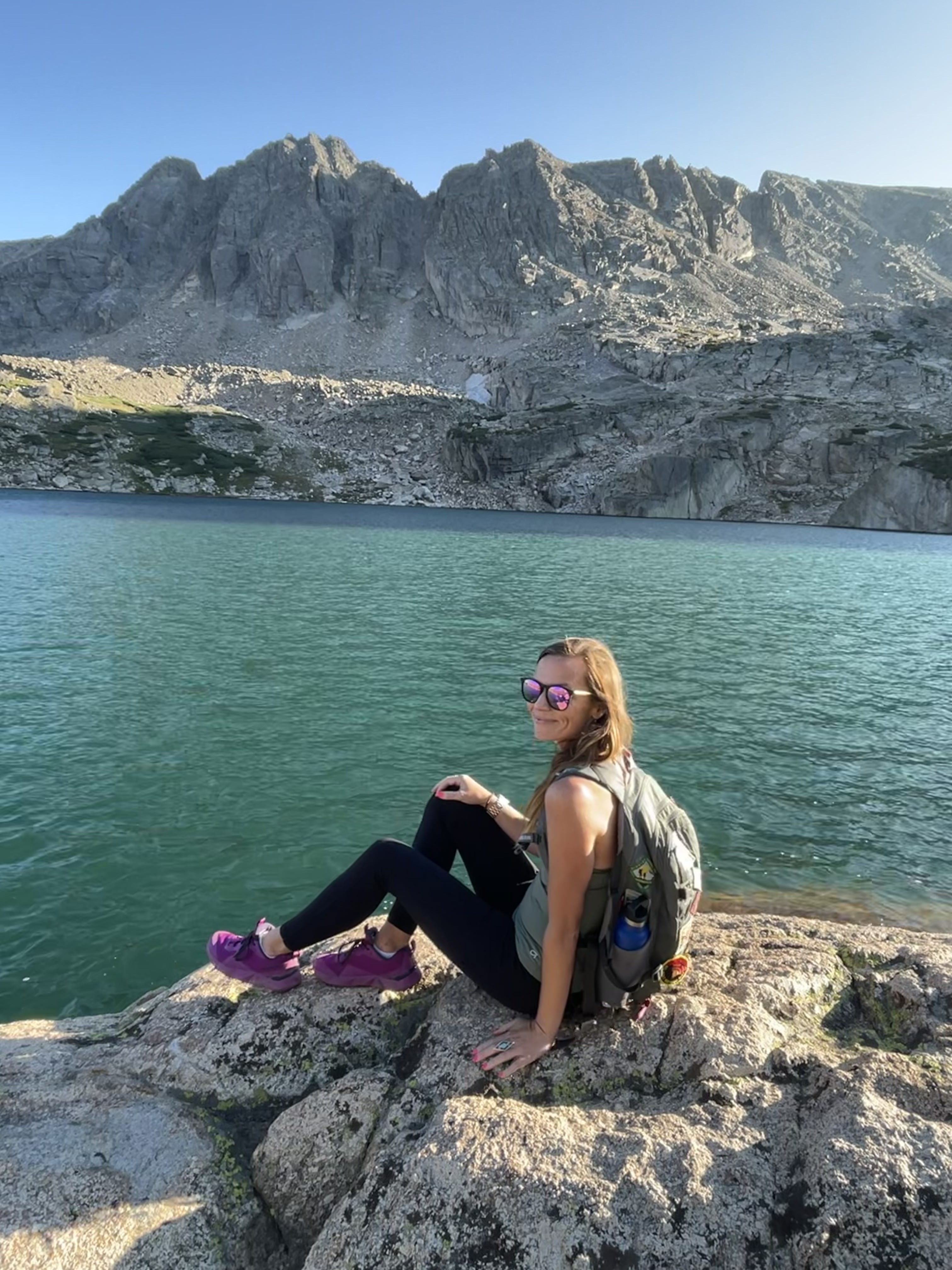
Arapaho-Roosevelt National Forest is one of the most visited national forests in the country, but with over 1.5 million acres across five districts, it shouldn’t feel cramped. My personal favorite spot – Indian Peak Wilderness Area – is located primarily within the forest, with 73,391 acres, over 50 lakes, and 28 trails covering 133 miles; although there are some popular spots here, it’s still not too hard to find solitude.
Where to hike:
The Arapaho-Roosevelt National Forest has hundreds of miles of hiking trails, ranging from easy to challenging. I love the popular Lake Isabelle Trail, Blue Lakes via Mitchell Lake Trails in Indian Peaks Wilderness/Brainard Lake Recreation Area, and Herman Gulch Trail, and St. Mary’s Glacier in the National Forest.
Chattahoochee River National Recreation Area — Georgia
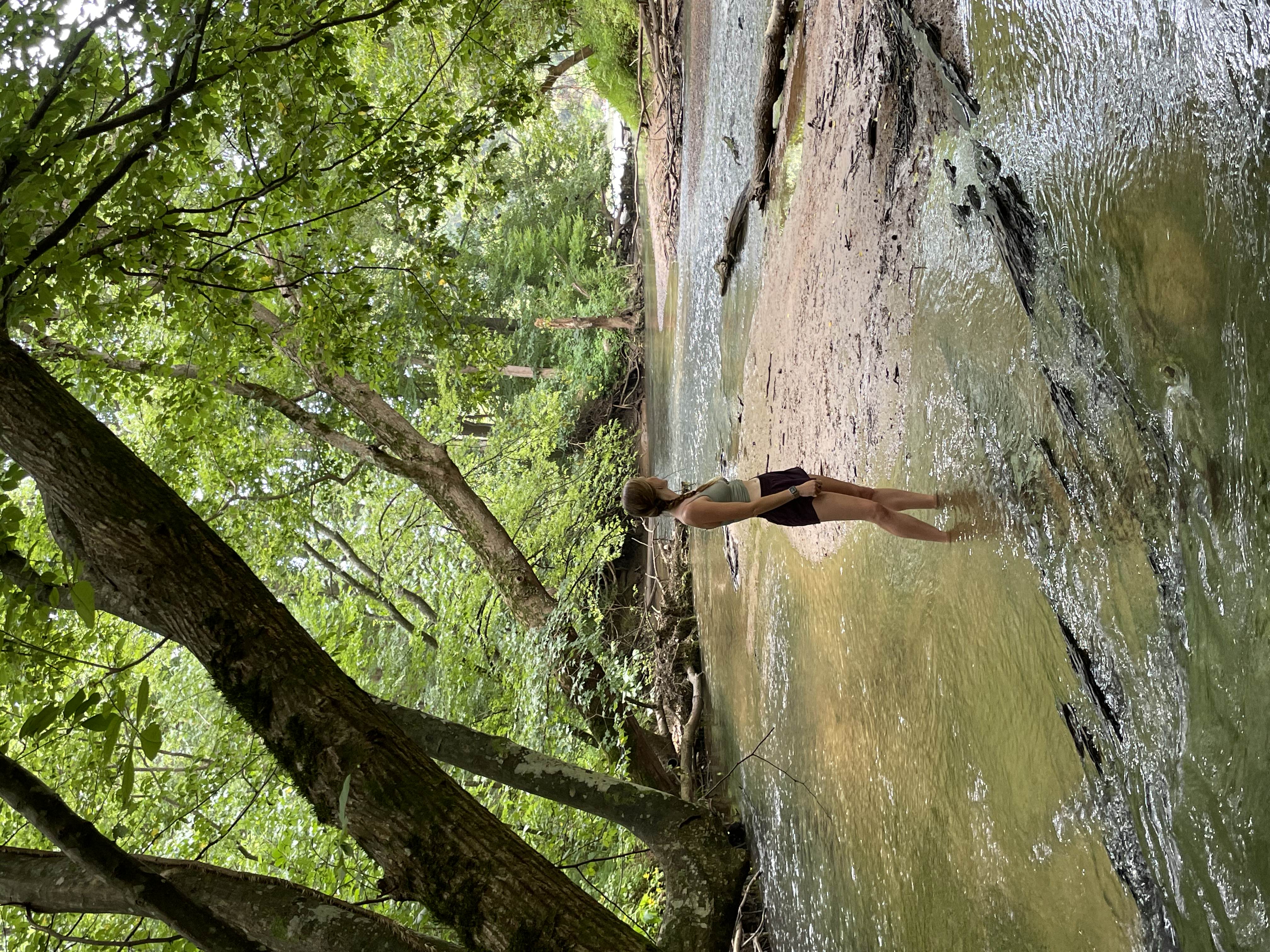
The West is, of course, full of outdoor recreation opportunities, but don’t sleep on the East or South when making your spring and summer travel plans. During my last trip to Atlanta, I was pleasantly surprised by the Chattahoochee River National Recreation Area in Georgia – a series of sites along a 48-mile stretch of the river. The Chattahoochee River is one of Georgia’s premier trout streams, with fishing, boating, and rafting opportunities. The area is also popular for hiking, picnicking, and wildlife viewing over its 7,000 acres of land and river.
Where to hike:
With 66 miles of hiking trails, the Chattahoochee River National Recreation Area is a great option to escape the city. Try East Palisades Tail and Bamboo Forest, Gold Branch Trail, or Bowman’s Island Trail.
Coconino National Forest – Arizona
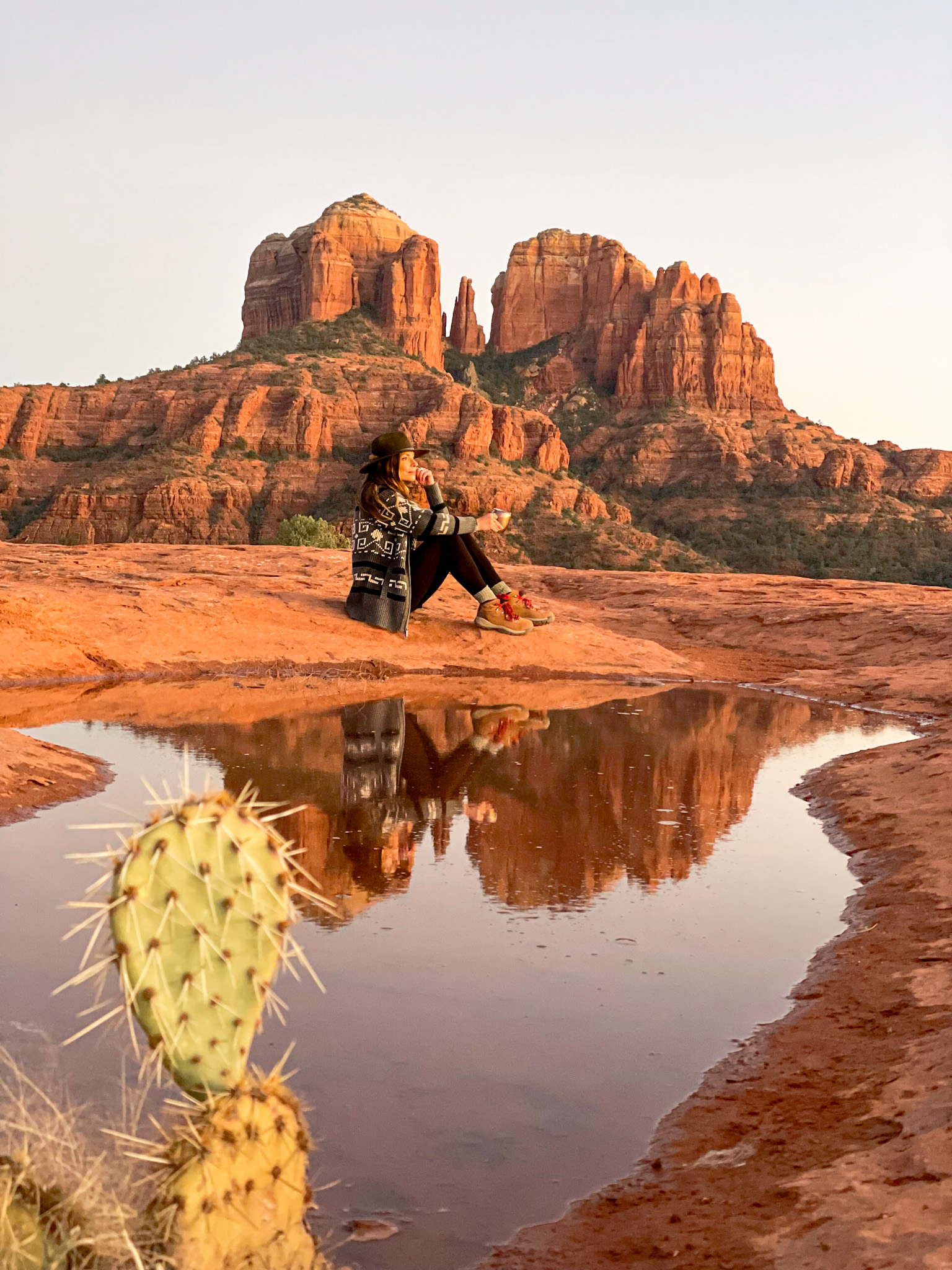
Coconino National Forest in Northern Arizona is one of the most stunning and diverse areas I’ve ever visited. At 1.85 million acres, it is one of the most extensive national forests in the lower 48 states. It includes areas around Flagstaff, including Humphreys Peak, Arizona’s highest point at 12,633 feet, and the iconic red rocks of Sedona.
Where to hike:
For hikes in Sedona, don’t miss Fay Canyon, Little Horse Trail, and Cathedral Rock Trail. Near Flagstaff, check out Fatmans Loop Trail and Old Caves Crater Trail.
Gauley River National Recreation Area – West Virginia
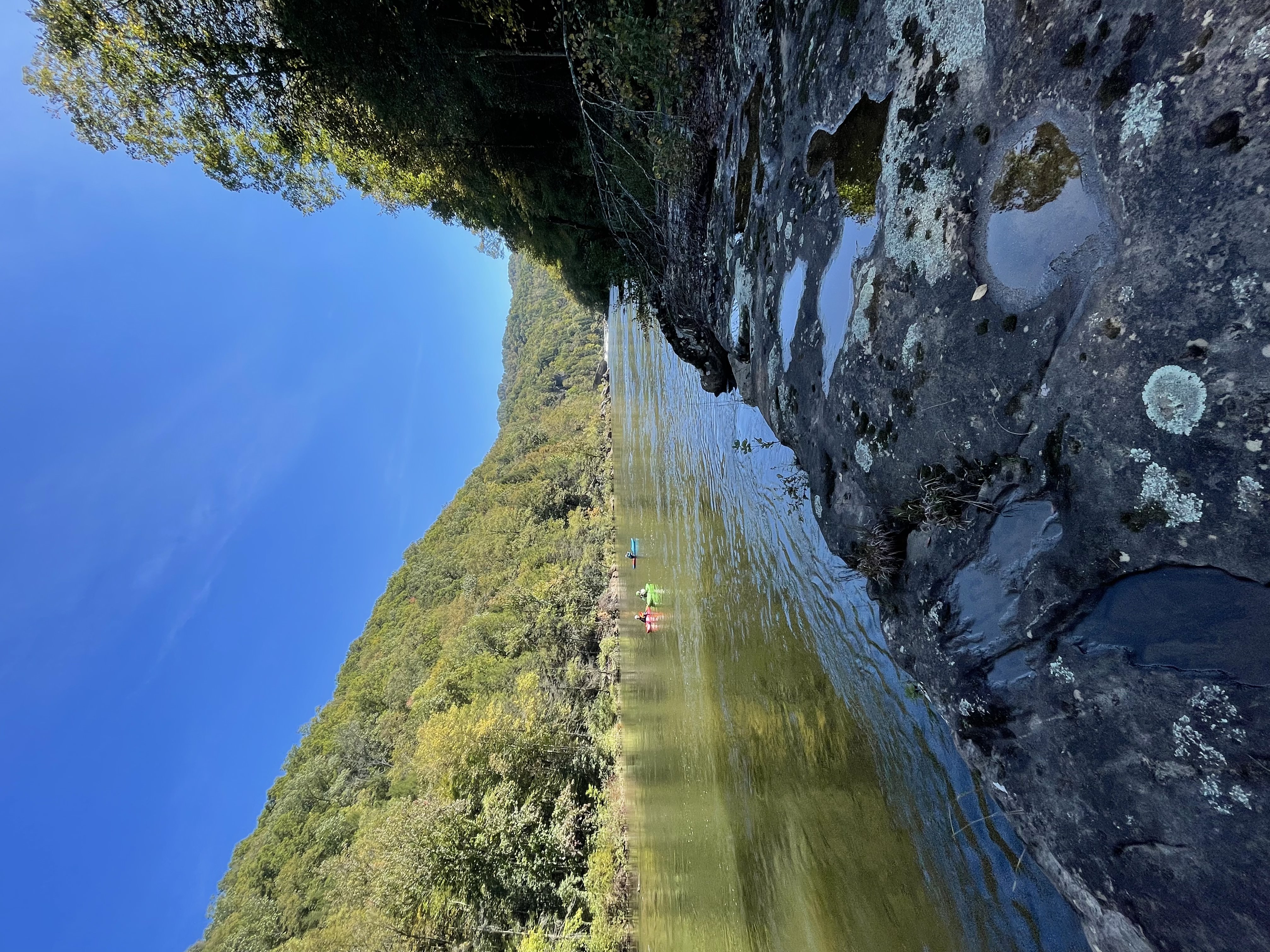
If you want to get off the trails and experience a different kind of adventure, head to southern West Virginia and the Gauley River National Recreation Area. This paradise for whitewater rafting enthusiasts protects a 25-mile stretch of the Gauley River, renowned for its challenging rapids. Unlike many parks and recreation areas, most of the Gauley is—not unsurprisingly—unable to be accessed by road, but if you visit, you’ll want to get out on the water anyway.
Where to raft:
You’ll need a guide for these sometimes dangerous rapids – they’re legendary for a reason, but there are many outfitters in the area — I used River Expeditions. Adrenaline junkies will want to visit during “Gauley Season,” the six-weekend fall period when controlled water releases from the Summersville Dam upstream creates some of the best whitewater in the country. Summer is a great time for beginners when the river’s water level is lower.
Glen Canyon National Recreation Area – Utah & Arizona

Whether you knew you did or not, you’ve undoubtedly seen Glen Canyon National Recreation Area photos on social media or framed at your dentist’s office. The vast area of Utah and Arizona encompasses over 1.25 million acres, including the famed Horseshoe Bend and Lake Powell, the second-largest man-made lake in the United States. Popular for hiking, boating, fishing, swimming, and water sports, there is an adventure for everyone here.
Where to hike:
The hike to Horseshoe Bend is short, at just 1.5 miles round trip, but you’ll want to see it for yourself. After that, hike Cathedral Wash Trail, The New Wave Trail, and Lee’s Ferry and Spencer Trail Lookout.
Golden Gate National Recreation Area – California
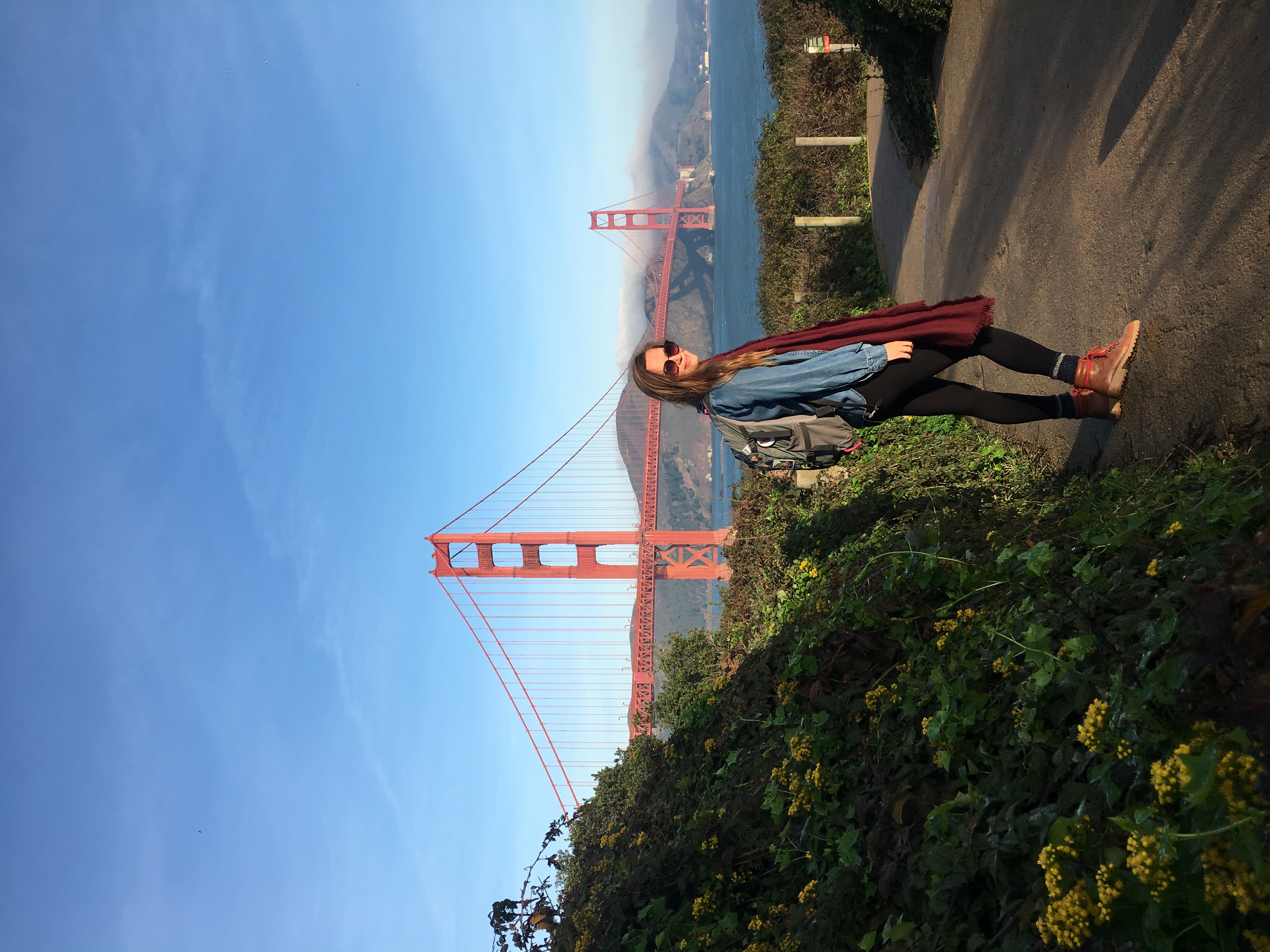
Golden Gate National Recreation Area is one of the system’s most famous national park sites, home of the iconic Golden Gate Bridge. But the recreation area is more than just the area around the bridge – and one of my absolute favorite places to explore. The massive and diverse park claims over 82,000 acres across California’s San Francisco Bay Area — not just one continuous area but a collection of sites protecting everything from dramatic coastlines to historical landmarks. Explore Muir Woods, Marin Headlands, Stinson Beach, and even Alcatraz on your visit – they are all within the recreation area.
Where to hike:
Lands End Trail is a classic, but I also love getting in some miles on Mori Point and Sweeney Ridge Loop Trail, Pirates Cove, and Tennessee Valley Golden Gate Loop.
Pisgah National Forest – North Carolina
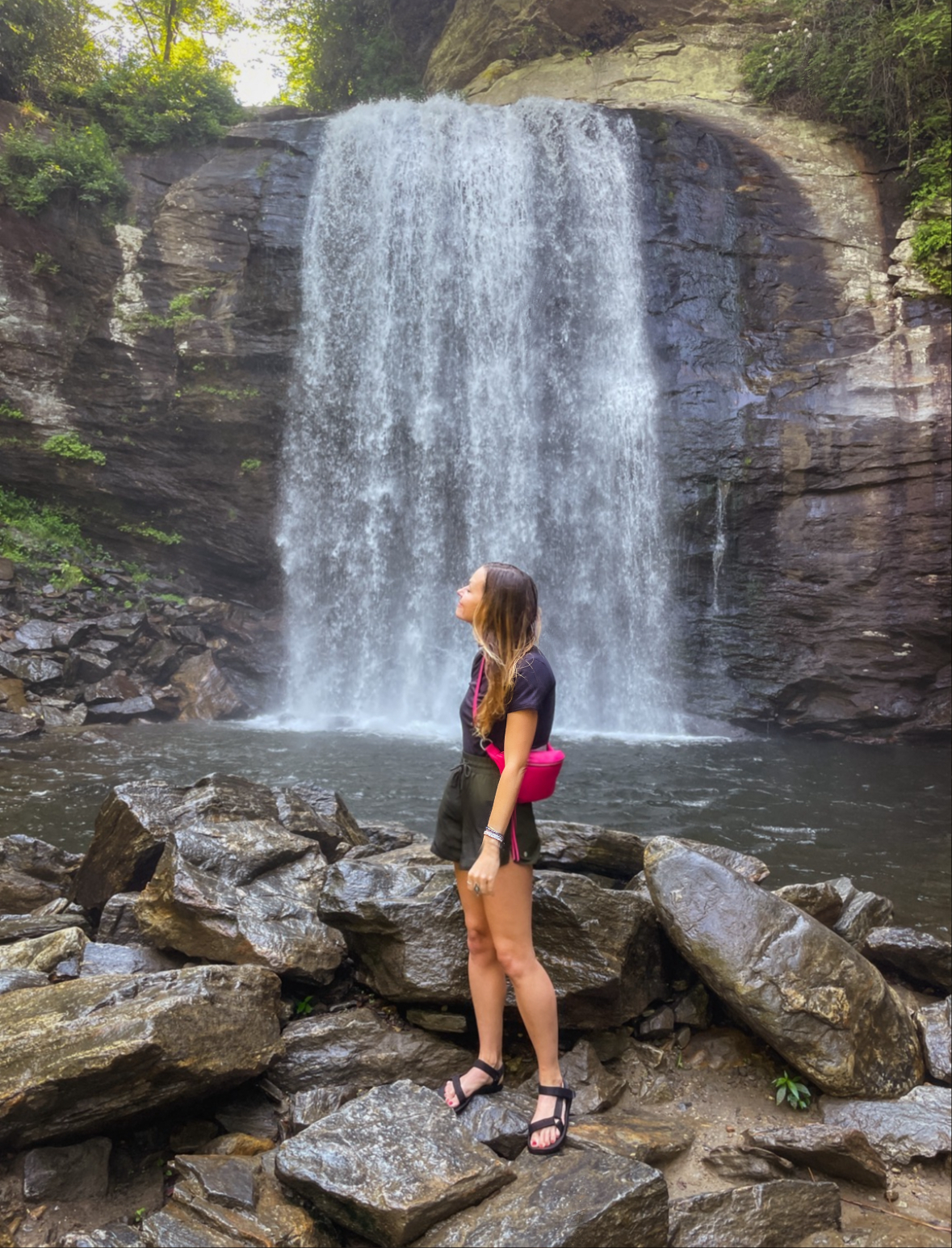
North Carolina is an underrated gem for outdoor recreation – I especially love Pisgah National Forest. The forest encompasses over 500,000 acres of mountains, forests, and waterfalls in the southern Appalachian Mountains, including some of the highest mountains in the eastern United States, like Black Balsam Knob, at 6,214 feet. The diverse landscape is perfect for hiking, camping, fishing, biking, rock climbing, horseback riding, and there are even opportunities for whitewater rafting on the French Broad River. Famous for its waterfalls – 250 at last count – the most fun is Sliding Rock, a popular summer spot where visitors can take a thrilling ride down the natural rock waterslide.
Where to hike:
Looking Glass Rock Trail is a popular choice for hiking, and be sure to also head out onto Graveyard Upper Falls Trail, Black Balsam Knob via Art Loeb Trail, and Max Patch Loop.
Shoshone National Forest — Wyoming
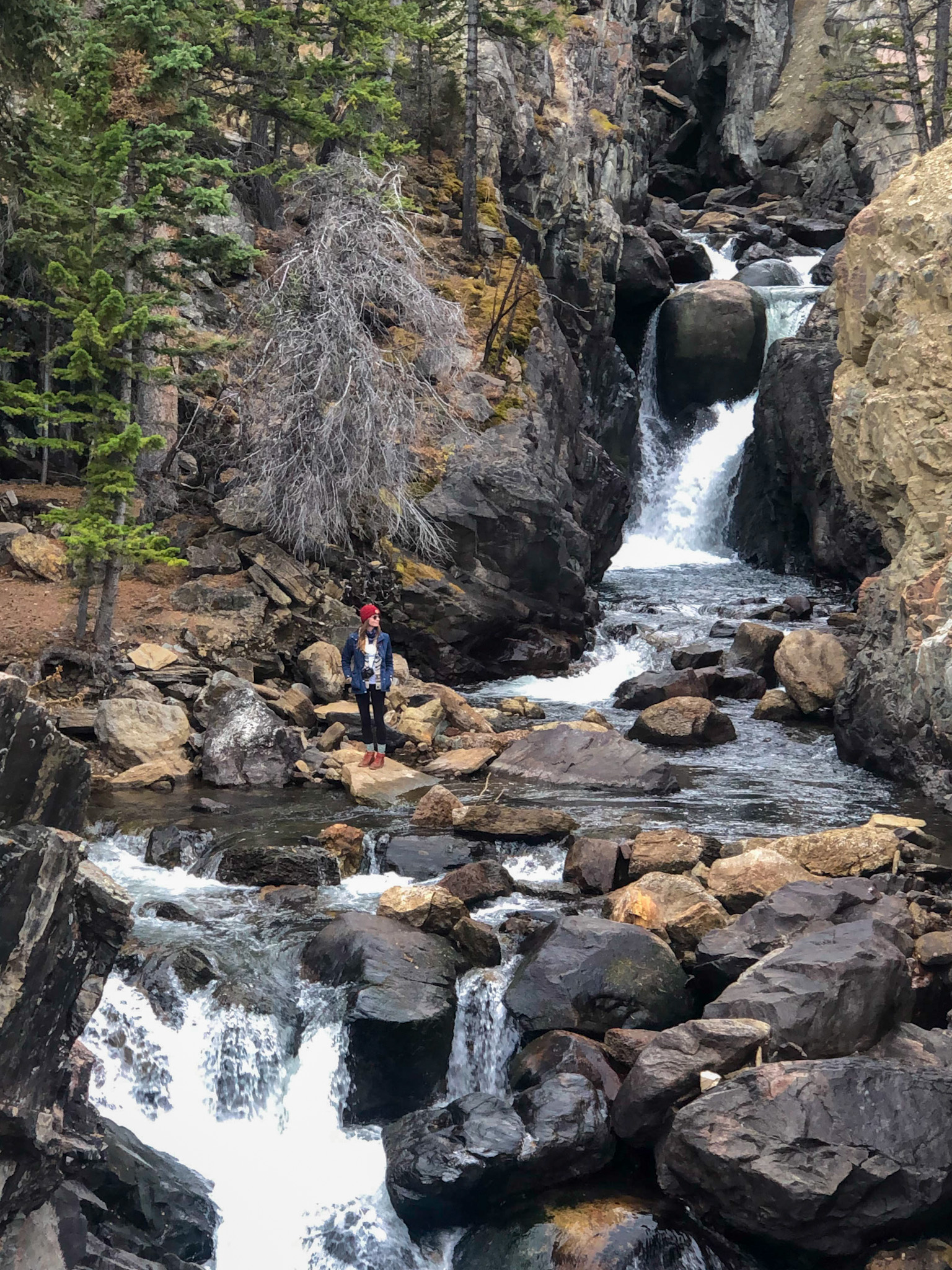
The Shoshone National Forest in Wyoming was established in 1891, making it the first federally protected national forest in the United States. The landscape is vast and rugged, with nearly 2.5 million acres of protected land, including the 13,804-foot summit of Gannett Peak, the highest point in Wyoming. With lush forests, towering mountains, sparkling alpine lakes, vast meadows, and over 1,300 miles of trails, this is an excellent option for outdoor enthusiasts to get out of the Grand Teton and Yellowstone crowds and into some remote solitude.
Where to hike:
Popo Agie Falls Trail is a classic and accessible hike that is just 3.3 miles roundtrip. I’d also recommend Jade Lakes and Bridal Veil Falls.
White Mountain National Forest – New Hampshire & Maine

One of the most stunning spots I’ve found in the United States is White Mountain National Forest, within the White Mountains of New Hampshire and a small part of western Maine. Sprawling over 750,000 acres, it is the easternmost national forest in the US with some of the highest peaks in the area – like Mount Washington, the highest peak in the Northeast at 6,288 feet. Visitors can hike, backpack along the famed Appalachian Trail, or take a scenic drive along the Kancamagus Highway. Fall is the high season here, so if you want more solitude, visit in Spring.
Where to hike:
The White Mountains are known for hiking, with some of the best trails being Mount Willard, Mount Lafayette and Franconia Ridge Trail Loop, and Welch-Dickey Loop Trail.
White River National Forest – Colorado

If you’ve ever taken a ski trip to Colorado, you were likely in White River National Forest, where twelve world-renowned ski resorts – Vail, Aspen, Breckenridge included – are within its boundaries. Located in the iconic Rocky Mountain Range, the over 2.3 million-acre National Forest is a haven for outdoor enthusiasts and those who appreciate the majesty of the Rockies. One of the largest and most visited national forests in the United States, the forest is home to ten 14ers – peaks exceeding 14,000 feet in elevation – including the highest peak in Colorado, Mount Elbert. But with over a third of the forest’s acreage designated as wilderness, there are still plenty of opportunities for solitude here.
